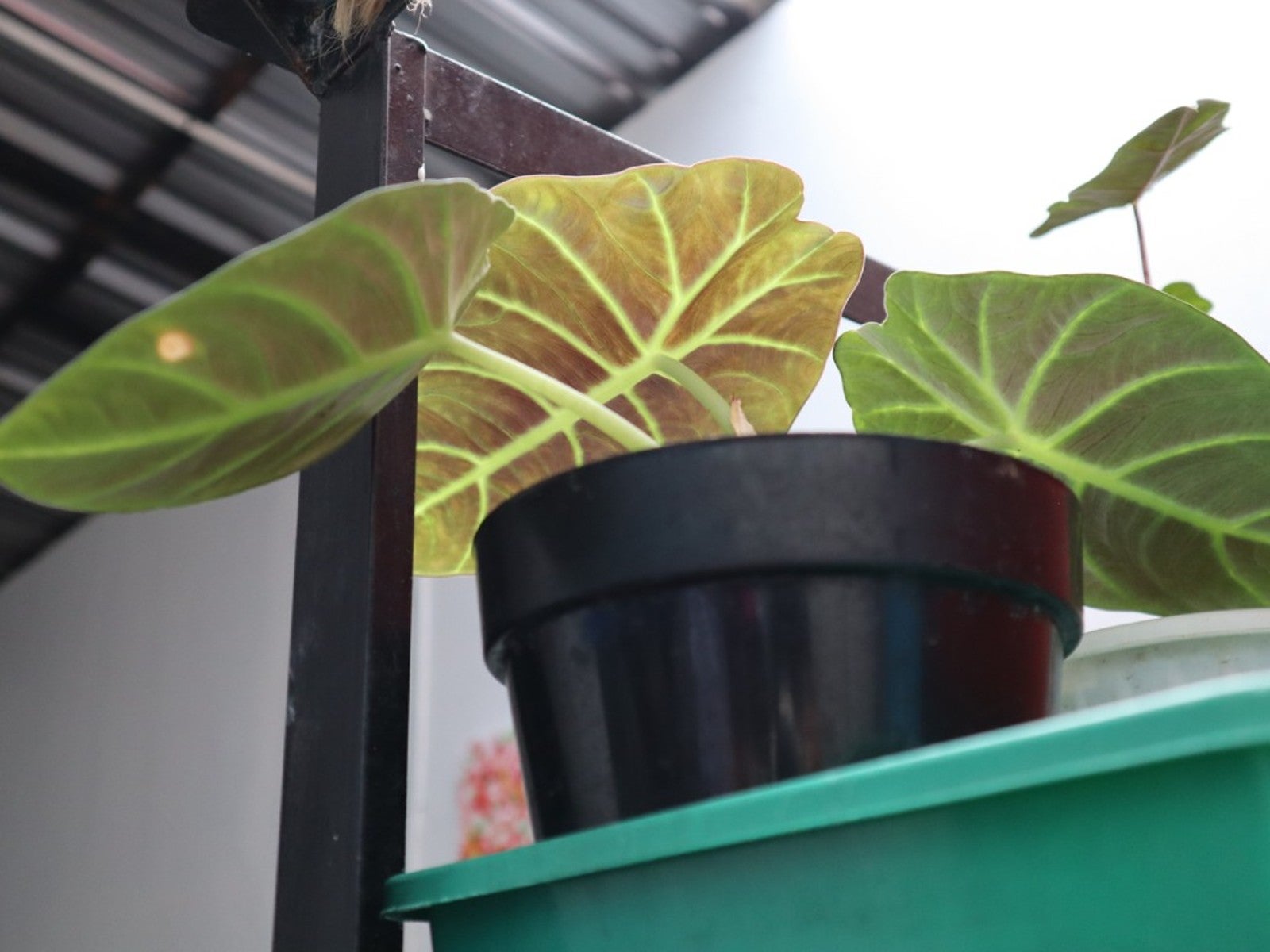How To Force Dormancy In Plants For Overwintering Indoors


Overwintering plants simply means providing protection for any plant that is vulnerable the season’s cold temperatures. If you grow tender, tropical or semi-tropical plants outdoors as annuals, consider saving them for next season by forcing dormancy and storing them indoors.
Plants to Overwinter
You can overwinter any tender plant that will not survive your region’s winter. This doesn’t always mean forcing dormancy. Some tropical plants can simply become houseplants in winter.
Dormant plants in winter require less care and maintenance. There are two main types of plants to overwinter this way: those with bulbs and similar root structures and those without. Some examples of plants in the former category to overwinter include:
Plants without tubers or bulbs that you can overwinter in dormancy include:
How to Overwinter Bulbs
Several tender perennials grow from bulbs—also corms, tubers, and rhizomes—can be dug up and overwintered. Here’s how to do it:
- Let the first frost kill the foliage and then prune them back.
- Dig up the bulbs and remove excess soil.
- Let them dry completely before storing.
- Once dry, place the bulbs in a cool, dry, and dark location. Temperatures between 40 and 55 degrees Fahrenheit (4.4 and 12.8 Celsius) are best for most species.
- Check on the bulbs a few times over the winter and add minimal water if needed.
If the bulbs become soft or rotted, dispose of them and take greater care to keep the surviving bulbs dry. It’s important to strike a balance. The bulbs should be mostly dry but not shriveled up.
Good containers for storing bulbs are paper bags, mesh bags, peat moss, and cardboard boxes.
Sign up for the Gardening Know How newsletter today and receive a free copy of our e-book "How to Grow Delicious Tomatoes".
Forcing Plant Dormancy in Winter
For your non-tuberous tender plants that you don’t want to grow as houseplants, force dormancy to store them indoors for next season. Dormancy of plants like these isn’t necessary, but it’s a good strategy if you lack the indoor space or the time to keep them growing. A dormant plant requires minimal care.
Bring these plants indoors well before the first frost of fall. Pay attention to nighttime temperatures and bring them in when it starts to get cold at night. If the plant is in the ground, dig it up and either plant it in a container or wrap the root ball.
You might want to treat the plants with an insecticidal soap or oil to avoid bringing any pests indoors. Your plant might be healthy outdoors where natural controls keep insects in check. Indoors, these pests can grow out of control. Check regularly on overwintering plants for signs of infestation.
Store the plant in a dark, cool spot inside and let the foliage brown and dry. Depending on the plant, the leaves might turn yellow and drop. Water very lightly every few weeks. The soil should be mostly dry.
How to Wake up a Dormant Plant
Forcing your dormant plants to grow again isn’t difficult. Give them the right conditions and they will wake up and begin growing. Plant bulbs outside after the last frost and once the soil has warmed.
Prep your non-bulb plants for the growing season by giving them a good trim. Prune off dead, damaged, and brown stems and leaves. Transition them to light slowly, over the course of two to four weeks. Start with low indoor light and then move to shady outdoor locations and finally put the plants back in their preferred outside spots.

Mary Ellen Ellis has been gardening for over 20 years. With degrees in Chemistry and Biology, Mary Ellen's specialties are flowers, native plants, and herbs.